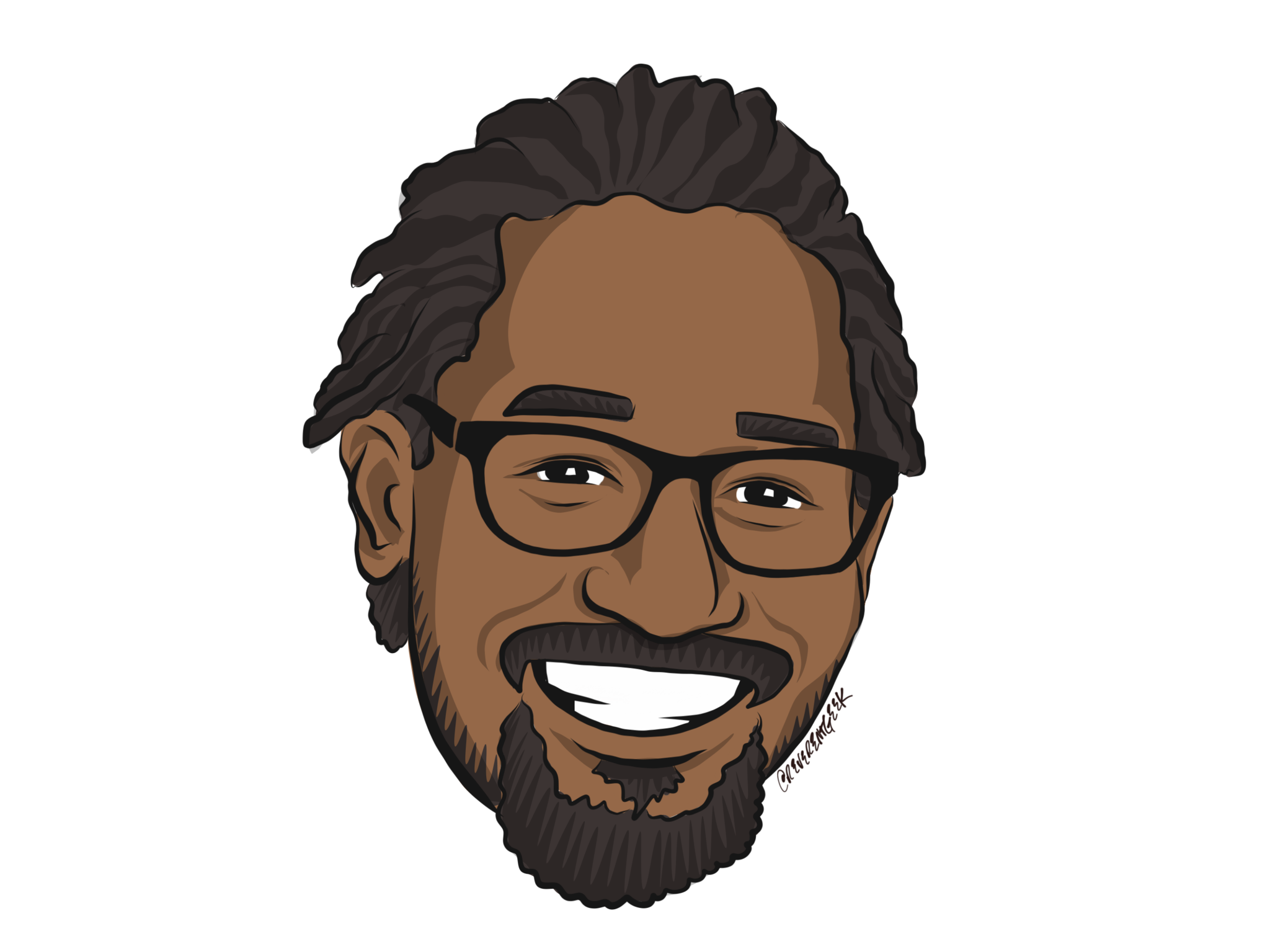Alternate Approach to Legal Independent Election Tallying
The Uganda elections are more or less over with less than 6 hours for the Uganda Electoral Commission (EC) to announce the results for the presidential elections.
Given all the time on our hands, with no social media, the team at Styx Technology Group designed the following alternative approach to independent electoral vote tallying for future elections that provides inbuilt mechanisms for audit and verification of results.
The primary data sources for the process are:
- Official EC list of polling stations and voters per polling station
- Photos of the signed election tally sheets from each polling station. To ensure that the photos are not tampered with and provide an audit trail:
- Each photograph has to be taken with information on the camera, the GPS coordinates of where the photo was taken, date and time when the photo was taken which is available in many cameras that share it using the Exchangeable Image File Format (EXIF)
- Two separate photos of the tally sheets have to be taken by different cameras
- The cameras taking equipment may be registered beforehand to provide validation of the source of the information
- The signatures of the returning officers and stamp must be clear and visible in the photo
The architecture for the technology solution is as follows:
- Web based solution accessible via any browser. Due to poor Internet connectivity in many areas of the country, an Android app would be provided to assist in data collection, then data sent once the user gets into an area with Internet.
- The field officers who capture the photos would also be provided with an option of entering the candidate vote tallies.
- In the tallying center, candidate vote tallies are entered from the photos received and vote tallies entered by data clerks. In order to reduce errors the following approach would be used:
- The clerks are randomly assigned photos as they come in
- The tally for a station must be entered correctly by two separate data entry clerks, then approved by a supervisor. This process is formally called the two-pass verification method or double data entry.
- All correctly entered data is shared with the rest of the world for download and analysis.
This system is mission-critical having to be available for the entire vote counting period of 48 hours, so the architecture includes the following paths for data collection:
- Multiple access IP addresses and domains for the website in case some are blocked off
- Any data collected via the Android app can be sent via email to a dedicated tallying center address. To ensure that only data from the app is received and not changed in transit, encryption is used.
The inspiration came from a quote by Ghandi “Be the change you wish to see in the world”, disproving the myth that there is no local capability to design and implement such solutions and most of all that such solutions have to be complex.
Looking forward to hearing your thoughts and suggestions…
